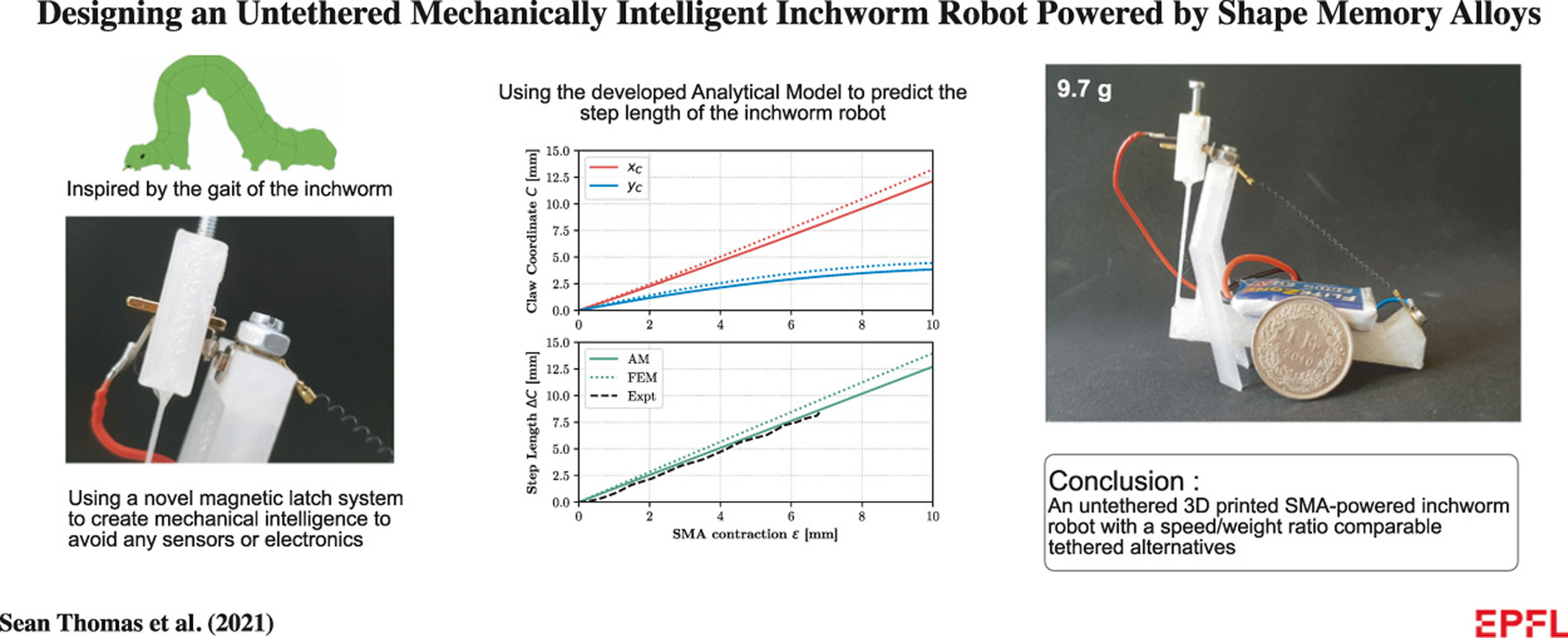I am thrilled to share a groundbreaking milestone in the field of robotics and bioengineering! It is with great excitement that I announce the publication of my paper on implantable artificial muscles at the prestigious IROS 2023 conference.

The paper delves into the fascinating realm of merging robotics with biology, specifically focusing on the design and surgical implantation of an artificial muscle into none other than a guinea fowl. This endeavor is a significant leap forward in the pursuit of seamlessly integrating technology with living organisms, promising revolutionary implications for both the field of robotics and the broader landscape of bioengineering.
Key Highlights:
- Innovative Design: The paper explores a compact and miniature robotic muscle that employs a cheap and off-the-shelf DC motor. Using an innovative control scheme and a clutch mechanism using a lead screw design, the system has been miniaturized to fit within the volume of the resected Lateral Gastrocnemius muscle of the Guinea Fowl.
- Surgical Precision: Detailed insights into the surgical procedure show the strategy to create the synthetic muscle-tendon unit. The length-changing actuator is implanted in series with the Tibia and the Achilles tendon using bone anchors and specialty surgical knots.
- Biohybrid Systems: By creating a symbiotic relationship between man-made technology and the natural world, the study takes a step toward the development of biohybrid systems that can enhance the capabilities of both artificial and biological entities. The future work delves into the integration of bio-signals and implantable sensors to control the actuator.
- Implications for the Future: The findings presented in this paper pave the way for a future where implantable artificial muscles could be utilized not only in the realm of robotics but also in medical applications, offering solutions for the non-adherence problem of exoskeletons and other gait rehabilitation systems.
I invite you to delve into the full paper, which will soon be available. Your support and engagement in this journey towards scientific exploration are invaluable, and I am excited to embark on the next chapter of innovation together.
Thank you for being part of this incredible venture into the future!


